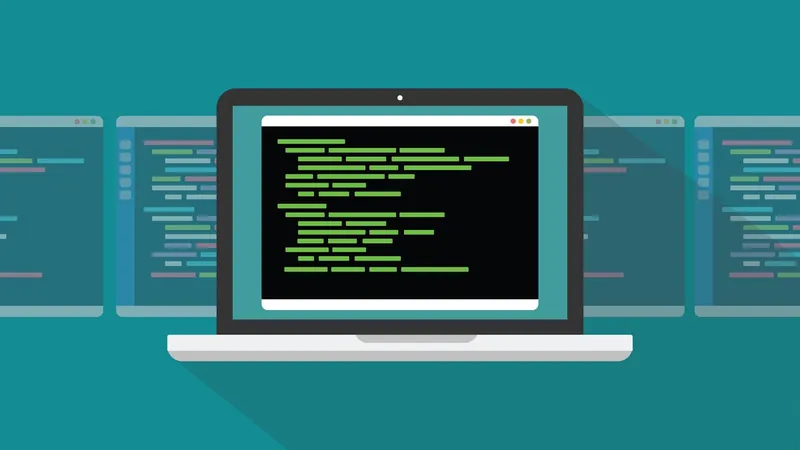
Mastering Drive Formatting on Linux: A Step-by-Step Command Line Guide!
2024-10-31
Author: Wei Ling
Why Format Your Drives?
Formatting is essential for preparing a new drive for use. It organizes the storage space, making it user-friendly for data storage. Typically, drives come without a filesystem, making formatting necessary before storing anything on them.
What You Need
Before we start, ensure you have: - A Linux operating system (the distribution doesn't matter). - An external drive connected to your system. - A user account with sudo privileges (this is crucial for executing commands that require administrative access).
Identifying Your Drive
The first step is to identify which drive you will format. Open your terminal and enter the following command: ```bash lsblk -f ``` This command will display all attached drives along with their filesystem types, sizes, and mount points. Identify your target drive (in this guide, we'll refer to it as `/dev/sdb`).
Creating a Partition Scheme
Now, let's set up a partition on your drive. Based on your system's firmware: - Use MBR (Master Boot Record) for legacy BIOS systems. - Use GPT (GUID Partition Table) for UEFI systems. To begin partitioning, execute: ```bash sudo fdisk /dev/sdb ``` - Type `g` for GPT or `o` for MBR and hit Enter. - To create a new partition, press `n` and follow the defaults presented. These typically include the partition number, first sector, and last sector. - After setting up, type `p` to print your partition table, and then type `w` to write your changes.
Formatting the Drive
Once the partition is created, it’s time to format it. You can choose different filesystem types depending on your needs. Commonly, ext4 is recommended for Linux systems, while NTFS could be used for compatibility with Windows. For ext4 format, run: ```bash sudo mkfs -t ext4 /dev/sdb1 ``` For NTFS, use: ```bash sudo mkfs -t ntfs /dev/sdb1 ```
Mounting the Drive
After formatting, you'll want to make the drive accessible by mounting it. Create a directory for the mount point: ```bash sudo mkdir ~/EXTERNAL ``` You can name the directory whatever suits your organization style! Then mount the drive using: ```bash sudo mount -t auto /dev/sdb1 ~/EXTERNAL ``` Your drive is now mounted and ready for file storage!
Conclusion
Now that you have formatted and mounted your drive, you can easily manage your files through the terminal or any file manager. Mastering these command-line skills not only enhances your Linux experience but also gives you a robust understanding of how your system interacts with storage devices.
Pro Tip:
Remember to unmount your drive safely before physically disconnecting it to prevent data corruption: ```bash sudo umount ~/EXTERNAL ``` Harnessing the power of Linux command line opens up endless possibilities, so dive in and start managing your storage devices like a pro!


 Brasil (PT)
Brasil (PT)
 Canada (EN)
Canada (EN)
 Chile (ES)
Chile (ES)
 Česko (CS)
Česko (CS)
 대한민국 (KO)
대한민국 (KO)
 España (ES)
España (ES)
 France (FR)
France (FR)
 Hong Kong (EN)
Hong Kong (EN)
 Italia (IT)
Italia (IT)
 日本 (JA)
日本 (JA)
 Magyarország (HU)
Magyarország (HU)
 Norge (NO)
Norge (NO)
 Polska (PL)
Polska (PL)
 Schweiz (DE)
Schweiz (DE)
 Singapore (EN)
Singapore (EN)
 Sverige (SV)
Sverige (SV)
 Suomi (FI)
Suomi (FI)
 Türkiye (TR)
Türkiye (TR)
 الإمارات العربية المتحدة (AR)
الإمارات العربية المتحدة (AR)